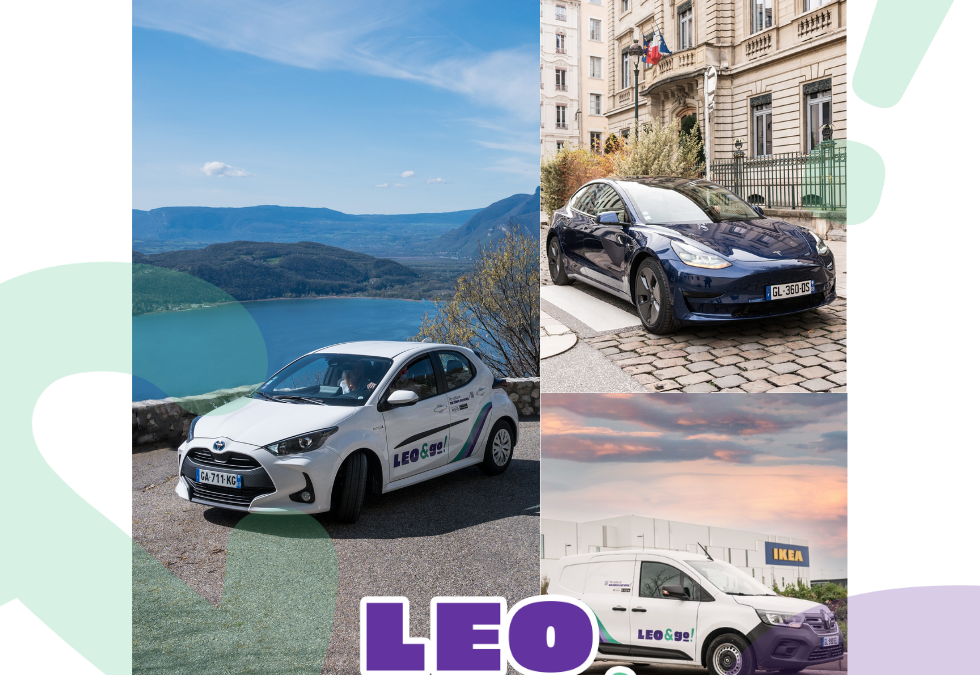The mobility industry is moving fast, particularly carsharing and other forms of shared mobility, allowing Groupe Renault to prioritize providing sustainable mobility all around the world – let’s take a quick ride into the heart of Groupe Renault.
March 26, 2018 We recently got together with Corinne Pakey the Deputy Program Director of New Business Mobility at Groupe Renault to get her perspective on carsharing and shared mobility.
What, according to you, are the best shared mobility services in Europe today? Can you talk about their operating models and what makes them successful?
Let’s first acknowledge that there are in fact a number of different types of shared mobility services. One of the more familiar types is, car-hailing, which includes services such as Uber and some others. Another type of shared mobility involves the sharing of rides, or carpooling (e.g. BlablaCar.) Finally, there’s the sharing of cars, carsharing (e.g. GreenMobility in Copenhagen or Zity in Madrid.)
Shared mobility services can be provided by professionals and peer-to-peer (P2P) using a platform. Although car-pooling may be an exception as it is mainly used for long-distance, most types of shared mobility services are applicable in urban or suburban areas for short trips. The operating systems of each type are not so different from a customer point of view: an app, a web front office, a call center.
The keys to success for such services are:
- A seamless and very easy customer journey
- Reliable service with anytime availability
- Integration in the local ecosystem (multimodality)
- Comfortable and safe vehicles
- Support and assistance when needed
Electric cars are trendy today in mobility services – What does Renault bring to this market with the EV offers?
Electric vehicles are well suited for carsharing because they do not require refueling and can access crowded areas, such as city centers, where access to vehicles with internal combustion engines is limited.
Groupe Renault has a wide range of electric vehicles including the city car, ZOE, the light commercial vehicle, Kangoo Z.E., and the quadricycle, Twizy. All of these vehicles are adapted for carsharing with specific pre-equipment to facilitate device integration. We are also able to install carsharing boxes from different providers directly into the vehicle.
Our focus on this kind of innovation and drive to offer increasingly efficient products and services has led us to become a key player when it comes to the development of the electric mobility ecosystem.
For example, in an effort to make charging easier, promote low-carbon electricity and contribute to the creation of smart low-carbon cities, Renault is developing smart charging solutions for our EVs including second-life battery applications.
Could you tell us about the challenges of launching a service from an OEM’s point of view?
Profitability of the service:
- Find the right place for the right service: population density, the implication of the city, etc.
- Utilize the right number of vehicles to have the highest rate of usage per vehicle/per day
- Integration in the local ecosystem (multimodality)
- Easy life for carsharing users: a sufficient number of charging points for EVs and the possibility to park the vehicle for free
- Support and assistance when needed
What are the best carsharing models (one-way, round-trip, free-floating…) and why?
If we talk about carsharing models within the city the free-floating model seems to be easiest from a customer point of view provided that the number of free parking slots within the carsharing area is sufficient. From an operator point of view, the round-trip model is more rapidly profitable: a longer usage period for the cars, no need of balancing.
What features do you believe are necessary today in a shared mobility service, to ensure that the service succeeds?
- Easy access to the car 24/7
- Integration in the local ecosystem (multimodality)
- Support and assistance if needed
- Easy parking without losing time
In your opinion, what cities in Europe are ideal for launching a carsharing service and why?
I think that to be efficient and profitable, a carsharing service has to be implemented among already existing services including public transport. In order to give up having a private vehicle, customers need to be reassured that there are alternative solutions. This is mainly the case in big cities with high population density and strong involvement from local authorities.
Vulog is the world’s leading tech mobility provider: we are committed to building a greener future, one city at a time.




